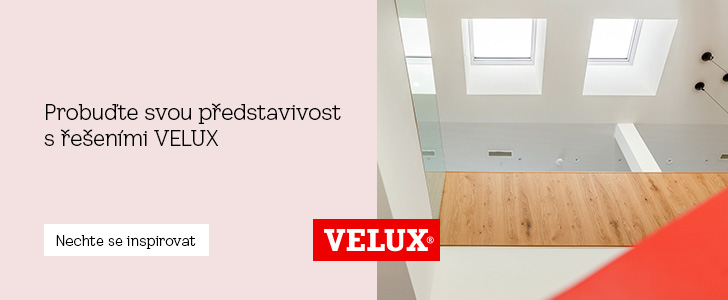
Bohuslav Fuchs – 50th Anniversary of Death
It has been half a century since the death of perhaps the most significant Czech (and Moravian) architect of the 20th century. A figure who also significantly left a mark on the events in architecture and perhaps even more so in urban planning before and after World War II. This is true in a European, and even global, comparison and evaluation. A great talent, however, supported by fundamental construction erudition. Without his responsible and realistic approach, the general acceptance of modern architecture would likely have been slower. Again, this in universal international contexts. The author of such important buildings as the red pavilion of the city of Brno at the exhibition grounds, the Avion hotel, the Zelená žába spa in Trenčianské Teplice, the Morava recovery house in the Tatras, or the villa in Heřmanův Městec, as well as the oldest and still unmatched cabin at Šerlich. Bohuslav Fuchs, however, considered himself primarily an urban planner and acted accordingly. His urban plans and spatial planning documents are defining for the truly realistic development of modern urbanism at its very core. He shaped the appearance of Brno with more than two dozen buildings of all kinds and genres, making the public space of the Moravian metropolis unthinkable without them. They formed the very center of the city as well as the decisive districts and facilities.
It is a great pity that his most important work for Prague, the completion of the National Theatre in his spirit from the early 1960s, was not realized. The exposure of his work to the broad Czech public was stifled for nearly 40 years by thorough prohibition.
It is a great pity that his most important work for Prague, the completion of the National Theatre in his spirit from the early 1960s, was not realized. The exposure of his work to the broad Czech public was stifled for nearly 40 years by thorough prohibition.
The English translation is powered by AI tool. Switch to Czech to view the original text source.
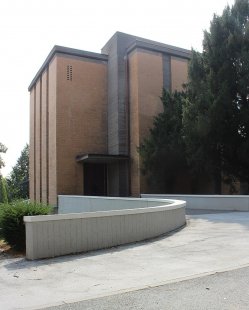
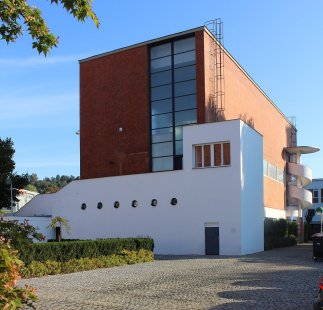
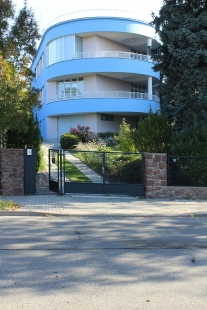
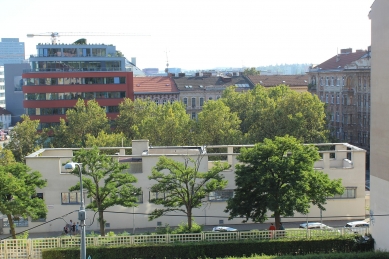
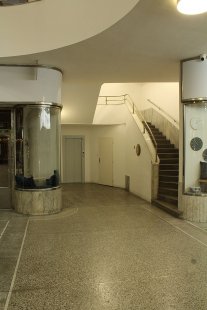
Related articles
0
27.02.2025 | European Architect Bohuslav Fuchs - Discussion and Screening
0
28.05.2017 | Brno Alpha Passage celebrates 80 years
0
12.06.2016 | The exhibition presents the work of Bohuslav Fuchs
0
24.03.2015 | Bohuslav Fuchs – lecture by architect Jan Sapák
8
17.09.2012 | 40 years ago, the architect Bohuslav Fuchs passed away
0
11.01.2011 | BOHUSLAV FUCHS - Czech or more specifically Brno modernism in Vienna


